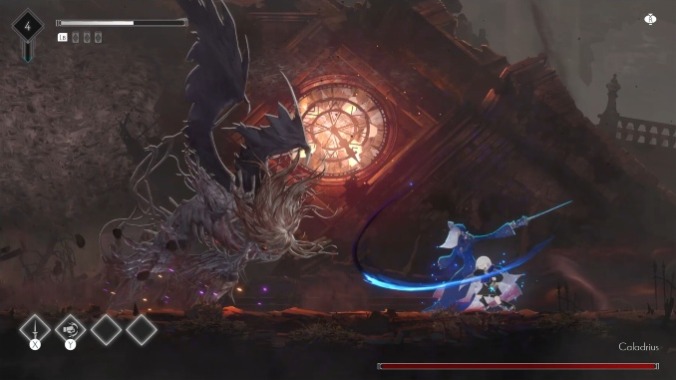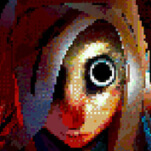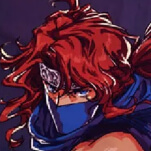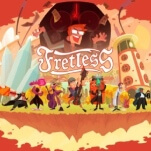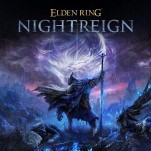Ender Magnolia: Bloom in the Mist Is A Beautiful And Brutal Adventure
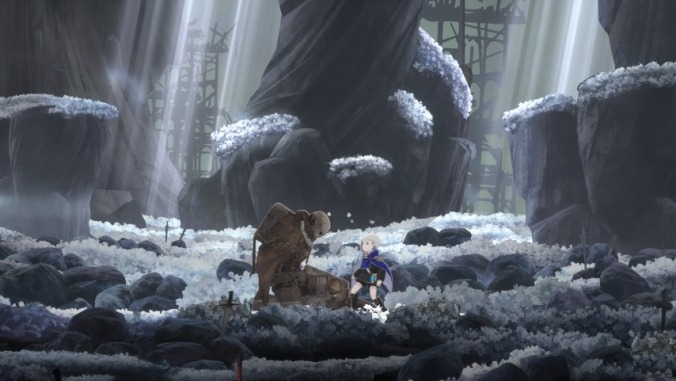
While Ender Lilies: Quietus of the Knights is only one of many Metroid-inspired games released in recent years, those who played it probably still remember the pull of its dark fantasy backdrop and the thrill of puppeteering spirits to battle the nastiest monsters this side of Yharnam. Now, more than three years later, Live Wire and Adglobe’s follow-up, Ender Magnolia: Bloom in the Mist, is finally out of Early Access, and the wait was well worth it; the sequel tightens up every aspect of exploring this ruined world while somehow surpassing its predecessor’s already evocative imagery. It may not break the mold set by other exploration-focused 2D platformers, but it’s so well-executed from top to bottom that you probably won’t care.
The story begins as Lilac wakes up alone in the Lower Stratum, surrounded by a mountain of corpses with nothing but vague memories of being separated from someone important to them. They’ve awakened in the Land of Fumes, a nation undone by a corruption that destroys everything it touches, the Blight. Before things fell apart, humans and artificially created beings called Homunculi lived side-by-side in harmony. Well, at least that’s how the humans in charge frame it because it quickly becomes clear these engineered people were often little more than servants or worse. Wanting to help the Homonculi and find their mentor, Lilac navigates this neo-feudal land of rusting technology and feral creatures in search of what they’ve lost.
And as our protagonist sets out, it’s difficult not to be taken by the haunting ambiance of the places they come across. The game’s background art is simultaneously grim and beautiful, capturing a once-teeming world of scientific achievement reduced to dead bodies and twisted steel. However, while persistently gloomy, Live Wire and Adglobe aren’t afraid of bursts of color or unexpected views, like a field of flowers, crystalline caves, or palaces scraping the sky. While it partially draws on the usual dark fantasy suspects like Berserk and FromSoftware’s work, retrofuturistic Victorian flourishes give the Land of Fumes its own visual identity. And while the writing isn’t nearly as memorable as the striking aesthetics, there are sprinkles of interesting ideas here, like the stratified world you move through and how this place has been crushed under oppressive nobles that used to pull the strings.
It also helps that these melancholy sights are accompanied by a similarly affecting score from Mili that jumps between ethereal and just plain strange (in a very good way) as the soundtrack deviates from being a prototypically sweeping fantasy score at every turn. Many of the pieces convey an air of tragedy that perfectly accompanies sifting through a broken metropolis, while other tracks are memorably off-kilter, with sudden jarring woodwinds or barely intelligible vocals that sing in otherworldy tones. Even ignoring its other boons, I was eager to explore simply to see new sights and hear new tunes.
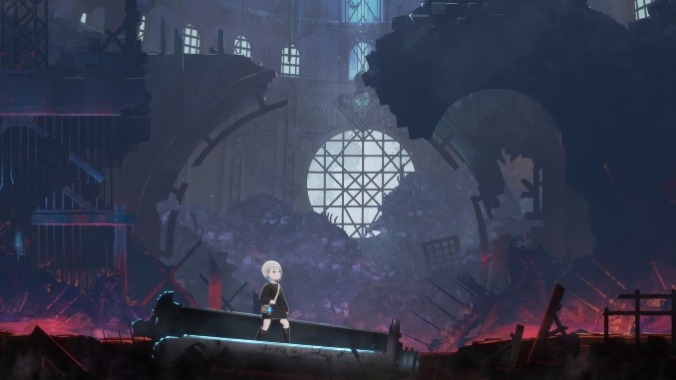
However, this audiovisual landscape wasn’t the only reason I was delighted to travel through this foreboding setting; each new region brings unique platforming challenges and fresh freaky monsters, all laid out in a way that avoids common pitfalls for the genre. Namely, while there is plenty of room for poking and prodding, I never hit that unpleasant moment where I got hopelessly lost, only to bang my head against familiar corridors until I found some niche passageway I had previously missed. Much of this clarity comes from what’s the biggest improvement from the previous game: the overworld map is excellent. It tracks every contour of each room, notes barriers you don’t have the means to break yet, and even lets you know if you’ve collected everything available in a specific place. And while the open-world design here may not be quite as tantalizingly labyrinthine as something like Hollow Knight, there is still plenty of room for discoveries and the excitement of finding a hidden item or path. For instance, on top of acquiring mandatory upgrades that offer new traversal abilities, like a grappling hook or double jump, you’ll also come across tons of substantive optional equipment with unique buffs that can be mixed and matched to create different builds, making it always feel worth it to fully engage with this space.
-

-

-

-

-

-

-

-

-

-

-

-

-

-

-

-

-

-

-

-

-

-

-

-

-

-

-

-

-

-

-

-

-

-

-

-

-

-

-

-

